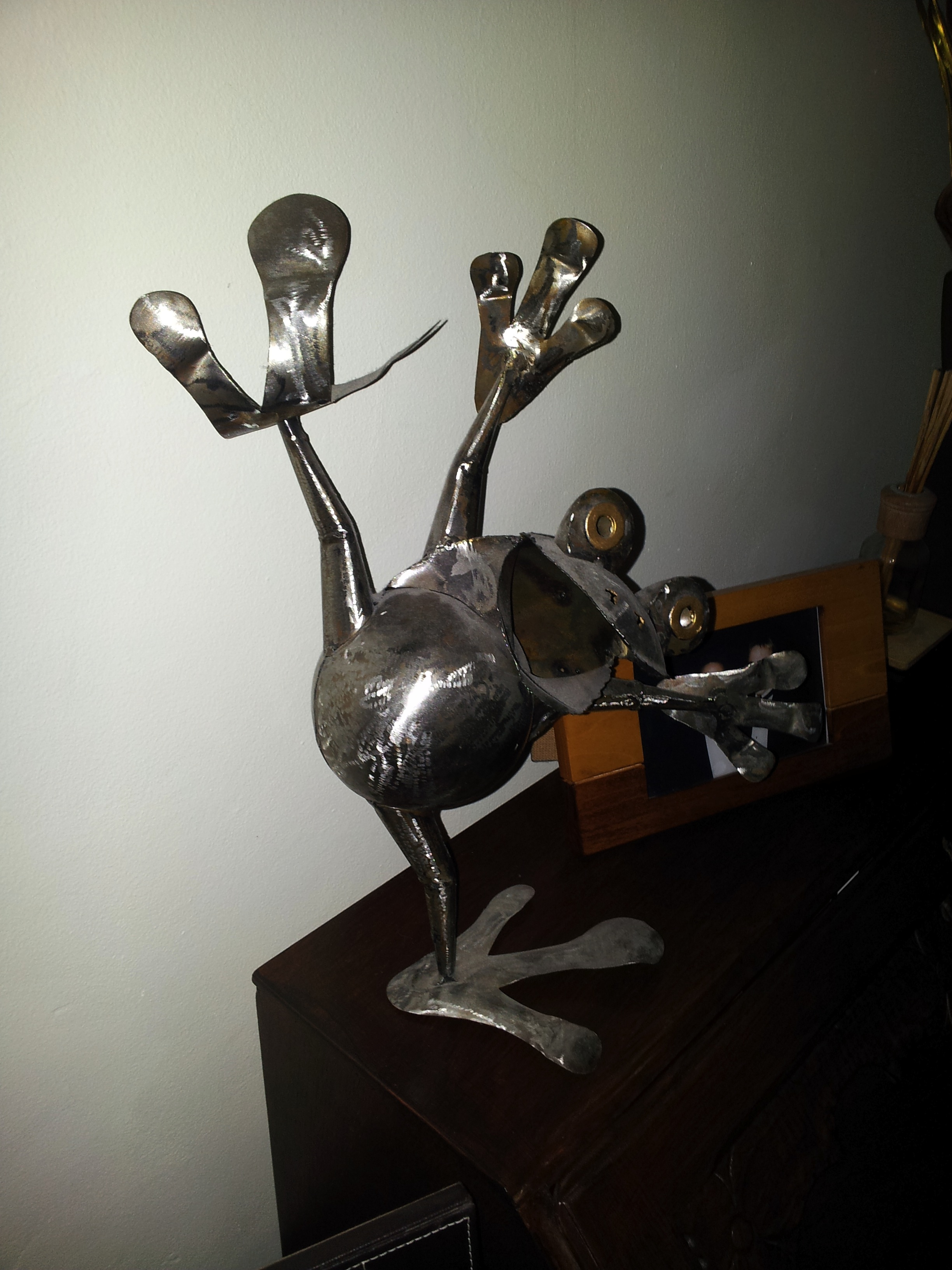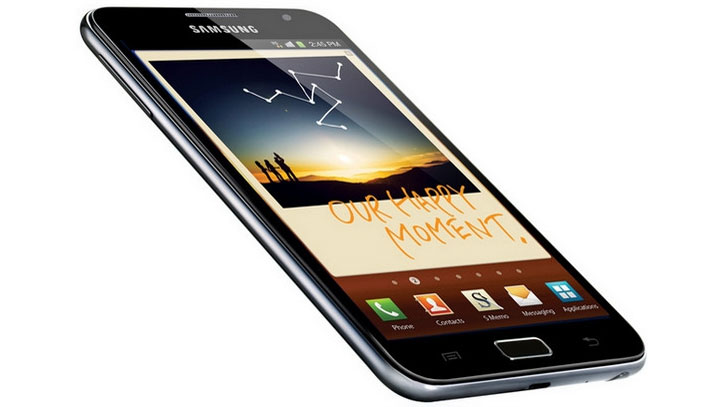Why you can trust TechRadar
The camera on the Samsung Galaxy Note is identical to that found on the Samsung Galaxy S2, which is in no way a bad thing since the little brother already has a pretty amazing snapper.
The rear camera gives you 8MP, which is fairly standard these days among the high-end units and turns out quite nice shots.
It takes almost no time at all to fire up compared to some other handsets, and you can realistically have opened it and shot your picture within 5-7 seconds. This is where the 1.4GHz dual-core brain really kicks in.
Sadly there's no shutter button, which is a real drag considering the size of the handset.
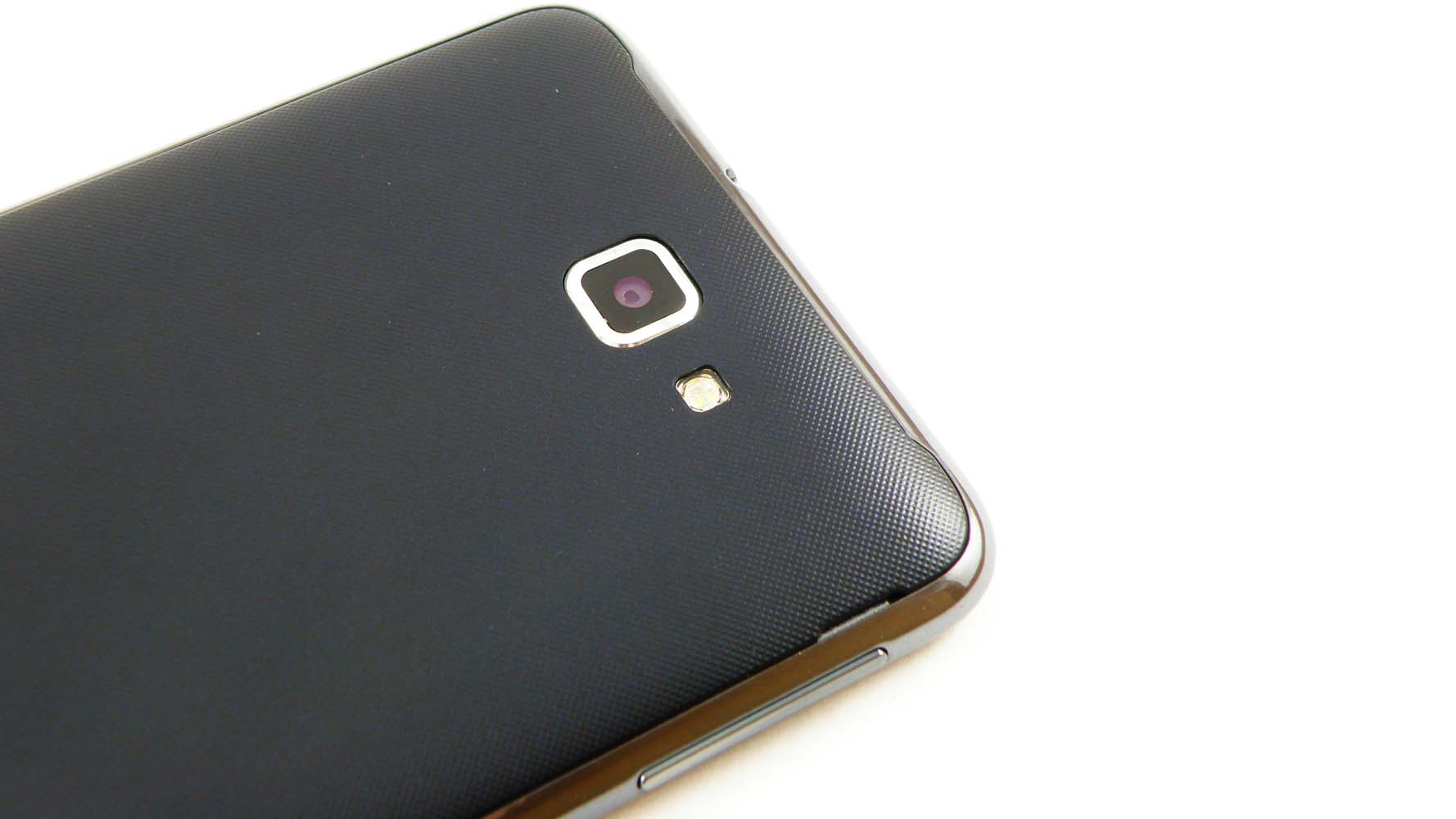
It's not as if the Samsung Galaxy Note doesn't have room for one, so you can see that Samsung has obviously omitted it for design reasons.
The problem is that the Samsung Galaxy Note is too big to hold with one hand and you find your fingers either encroaching on the screen (therefore triggering tap-to-focus), hitting either the back or menu softkeys (triggering an unwelcome menu incursion) or getting in the way of the lens which causes its own problems.
You soon learn how to hold the Samsung Galaxy Note so that you can take a photo using the on-screen button but then have to explain to other people when you ask "Will you take a picture of me?"
Luckily, when it comes to taking photos, you have all the options of any reputed point-to-shoot camera.
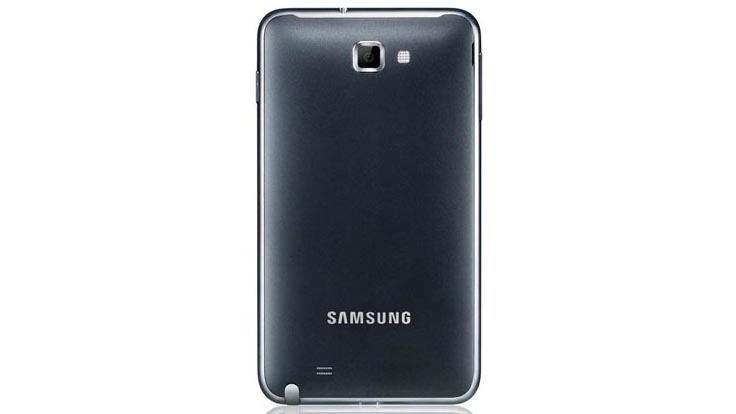
Everything from a multitude of scene modes to ISO levels, blink detection and so on, although when you tap the little settings app, you do find it takes a moment or two to bring this menu up.
To solve this, you're able to add shortcuts to your two favourite menu options directly on that camera screen which can save time. This really is a top-notch offering and gives you the freedom to take great pictures.
Shooting in low light is not an issue because the flash really is bright enough to light even the darkest and gloomiest of settings.
Shutter lag can be a slight issue if you're trying to take a picture of a moving object in dim light, but it's nothing to get too upset about.
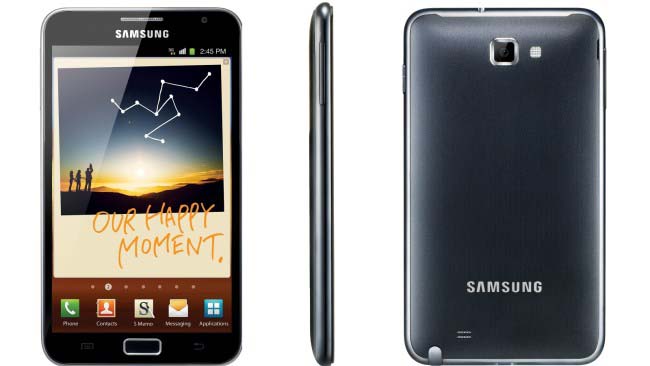
Outdoor visibility mode is a godsend - basically it's Samsung turning up the contrast to silly levels on your screen so it can burn through direct sunlight.
The quality is much poorer, but at least you can see what you're snapping, and it's a real boon for outdoor shots.
The shooting modes are a mixed bag - action mode doesn't do what you think it will, instead creating a collage of lots of frames from a moving scene. Beauty and Panorama mode are OK too, but the options to Cartoon-ify a scene seem a bit pointless indeed.
Of more use are the macro modes, exposure alteration and the automatic metering, which help actually make the photo look better by bringing up the correct colours and brightness.
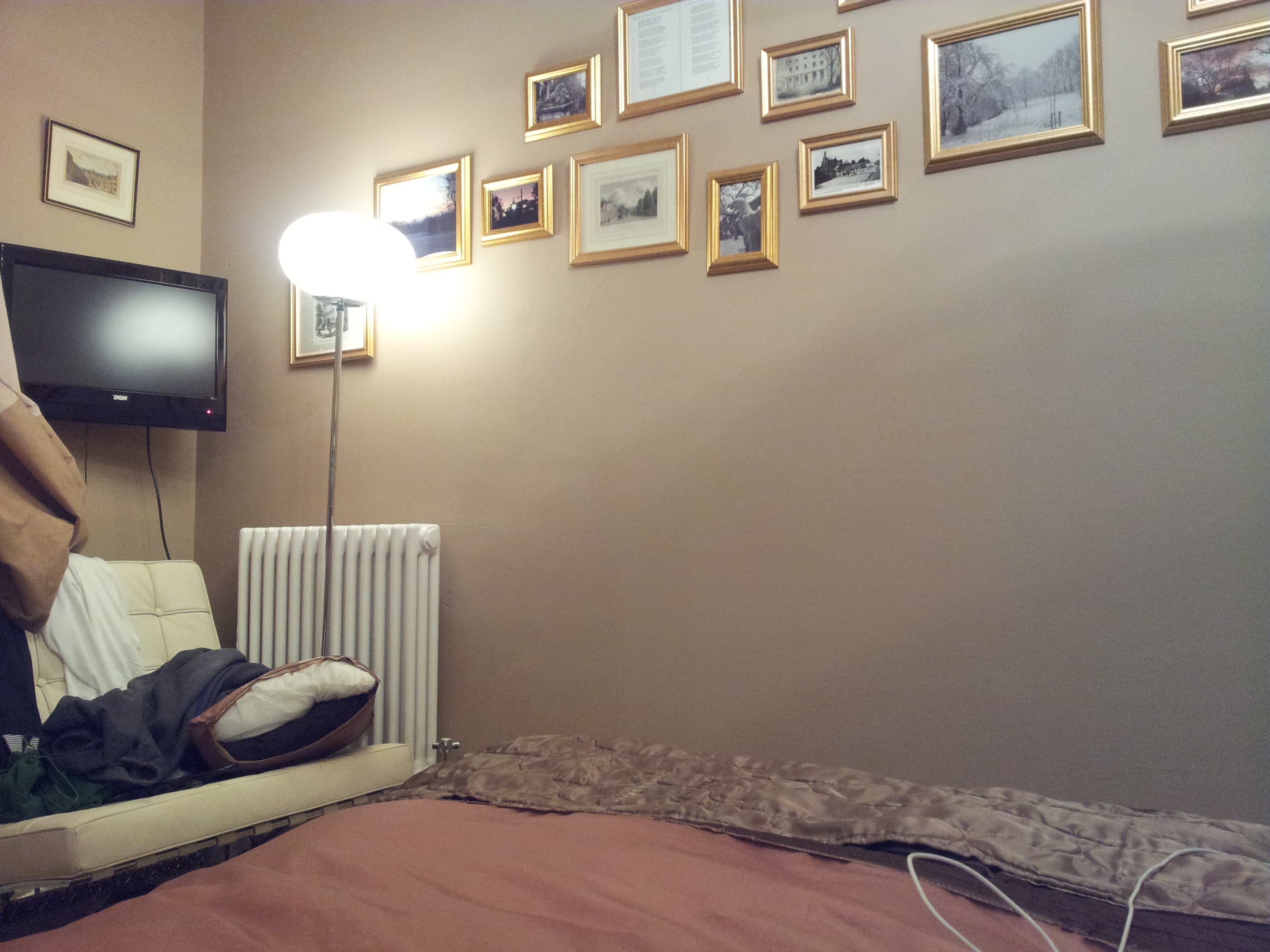
Click here to see the full resolution image
Taken indoors with artificial light, pictures do come out well albeit with small amounts of noise.
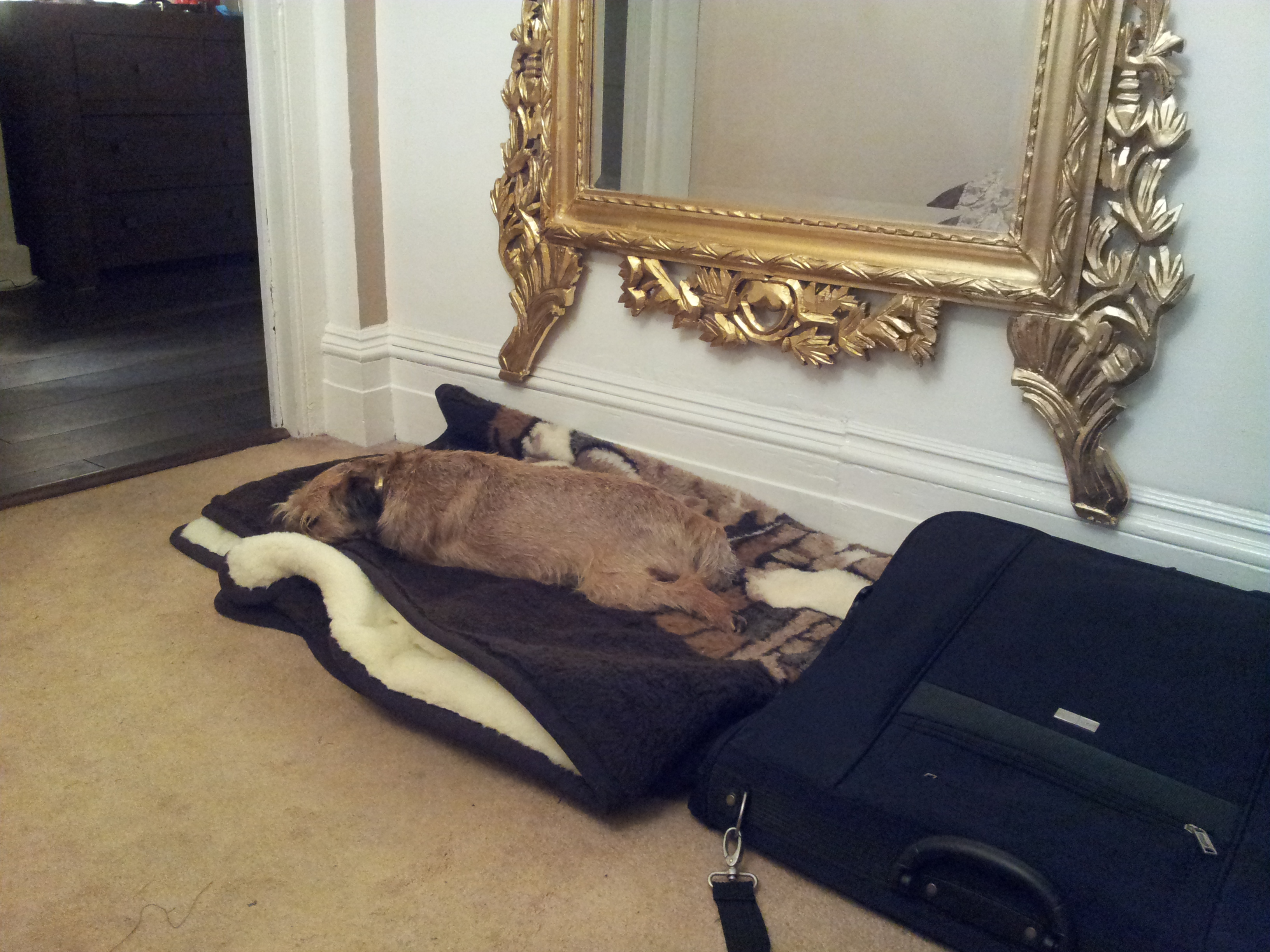
Click here to see the full resolution image
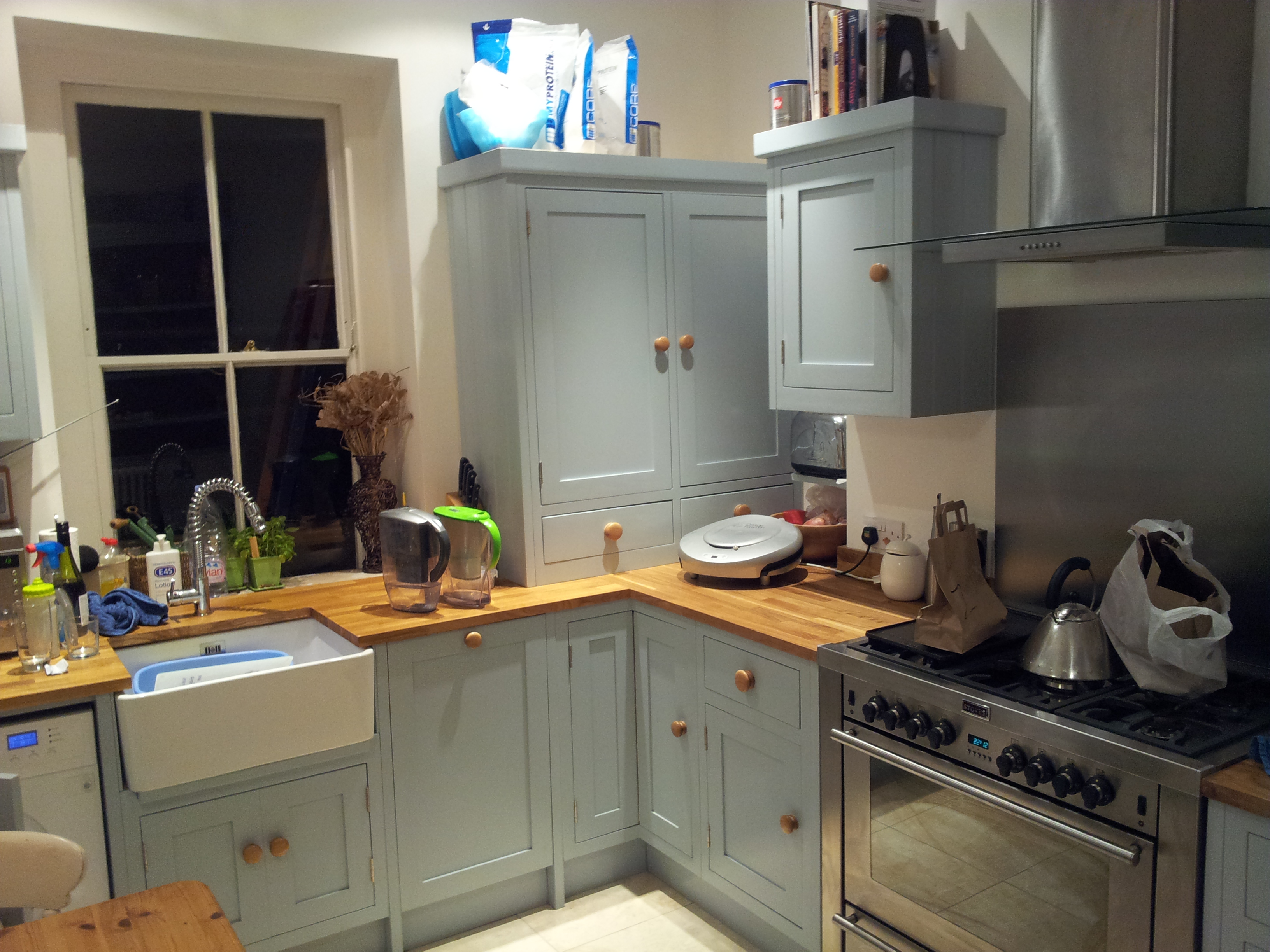
Click here to see the full resolution image
Bright artificial light yields particularly impressive results.
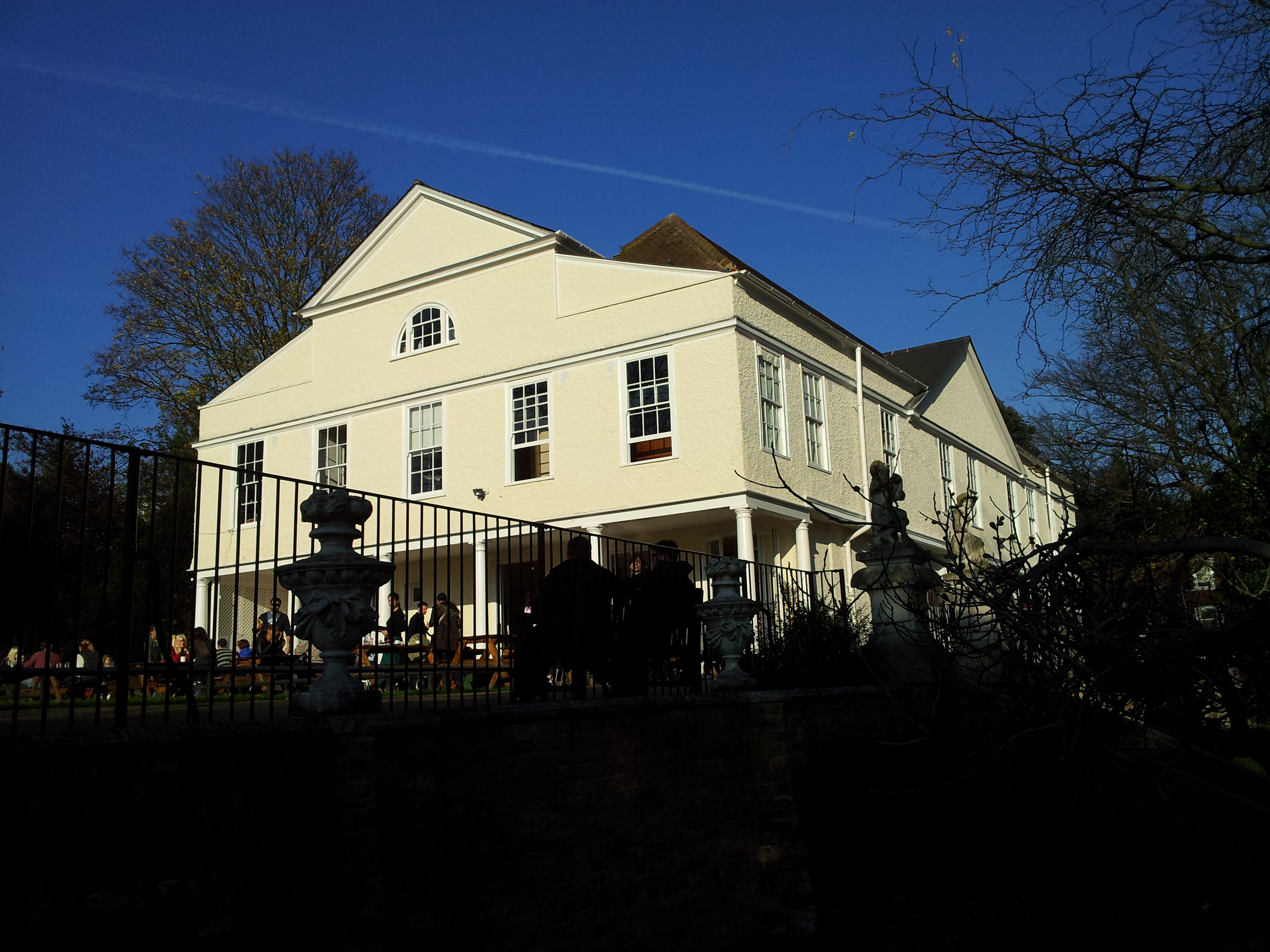
Click here to see the full resolution image
Images taken in bright, natural sunlight cannot be faulted at all. Pin sharp and vivid.
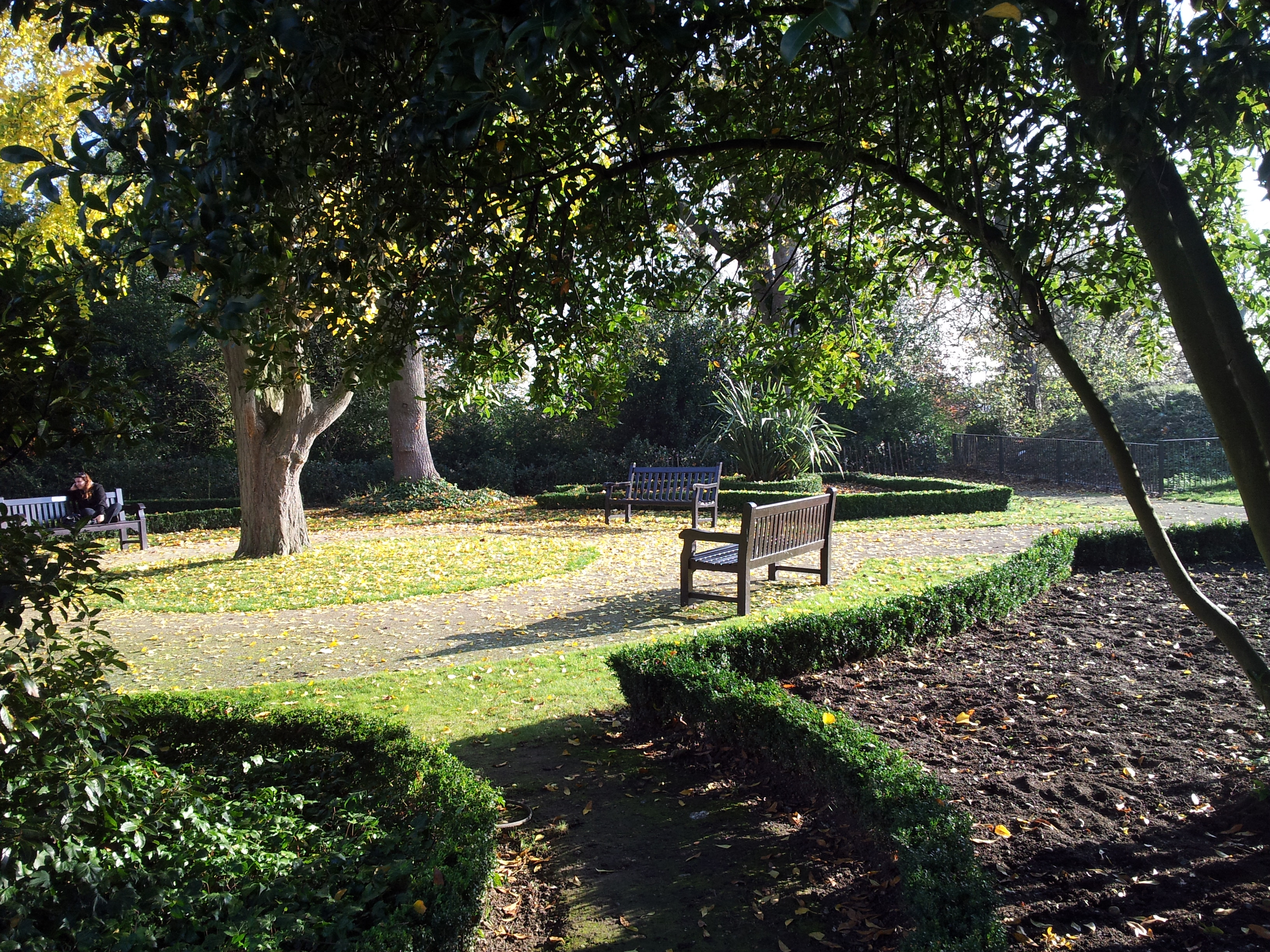
Click here to see the full resolution image
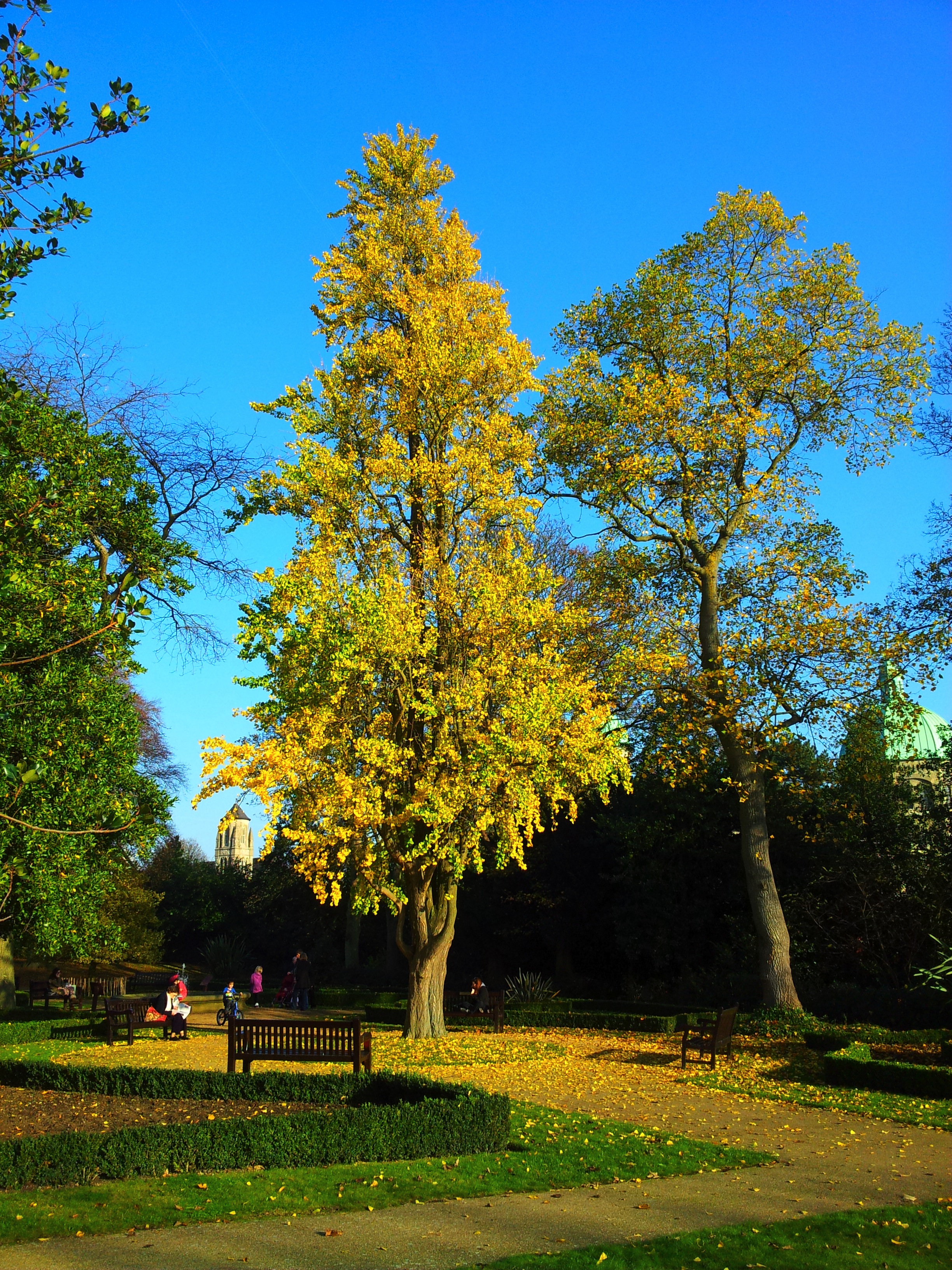
Click here to see the full resolution image
Scene modes help – this is 'autumn' mode, which enhances natural colours but can look a little unnatural.
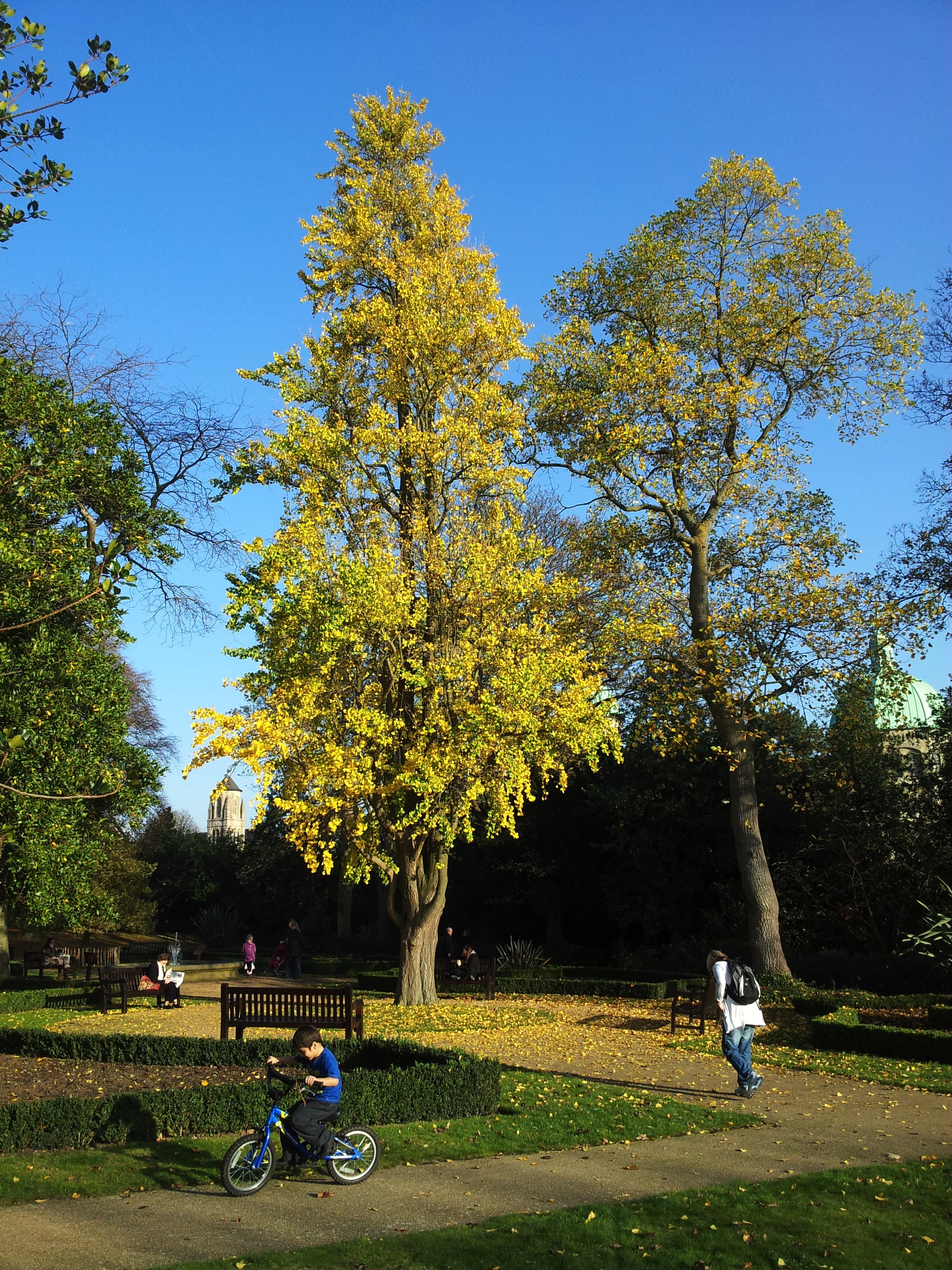
Click here to see the full resolution image
This is the same photo taken with no scene modes.
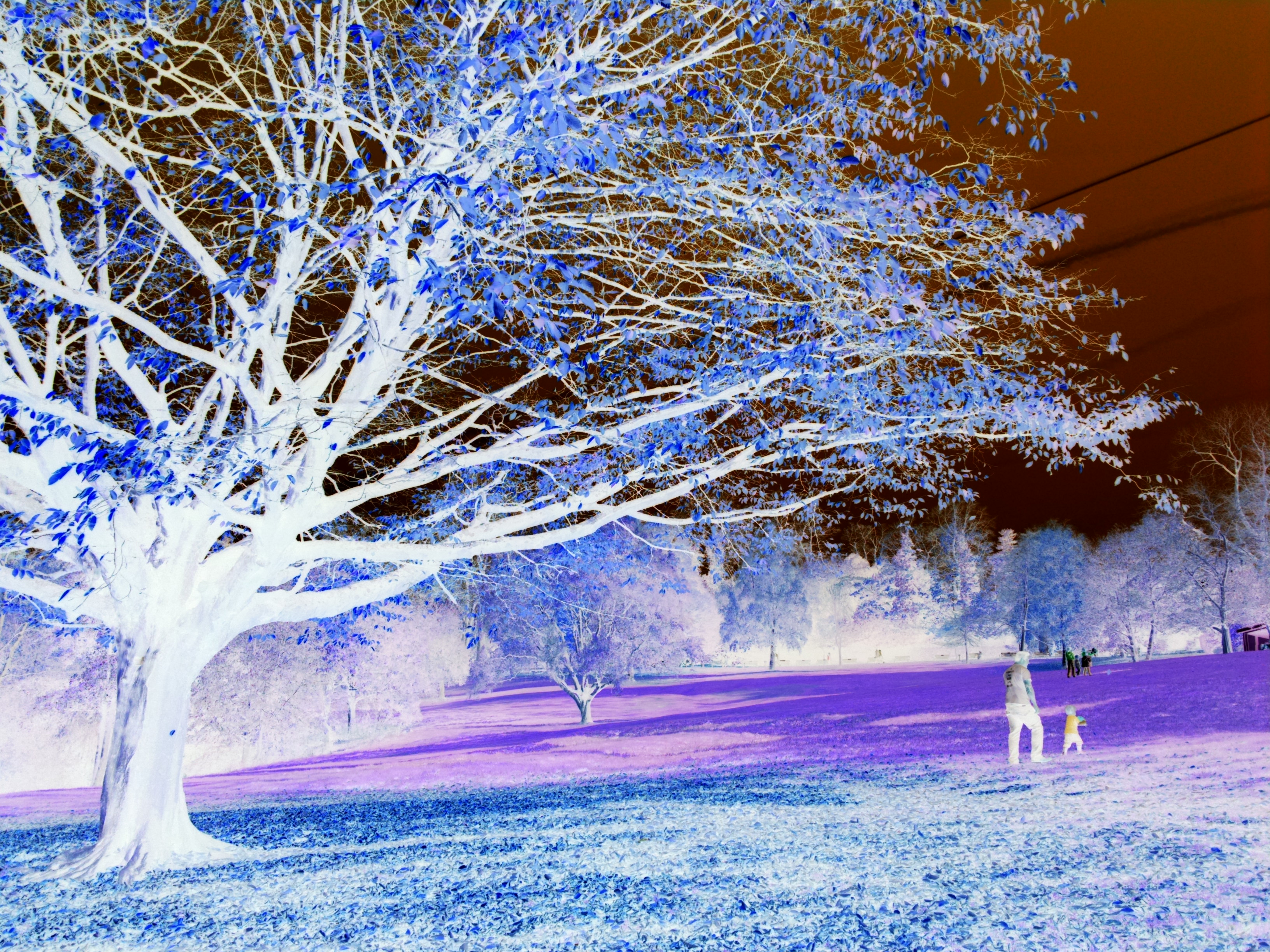
Click here to see the full resolution image
Pointless effects such as negative are included.
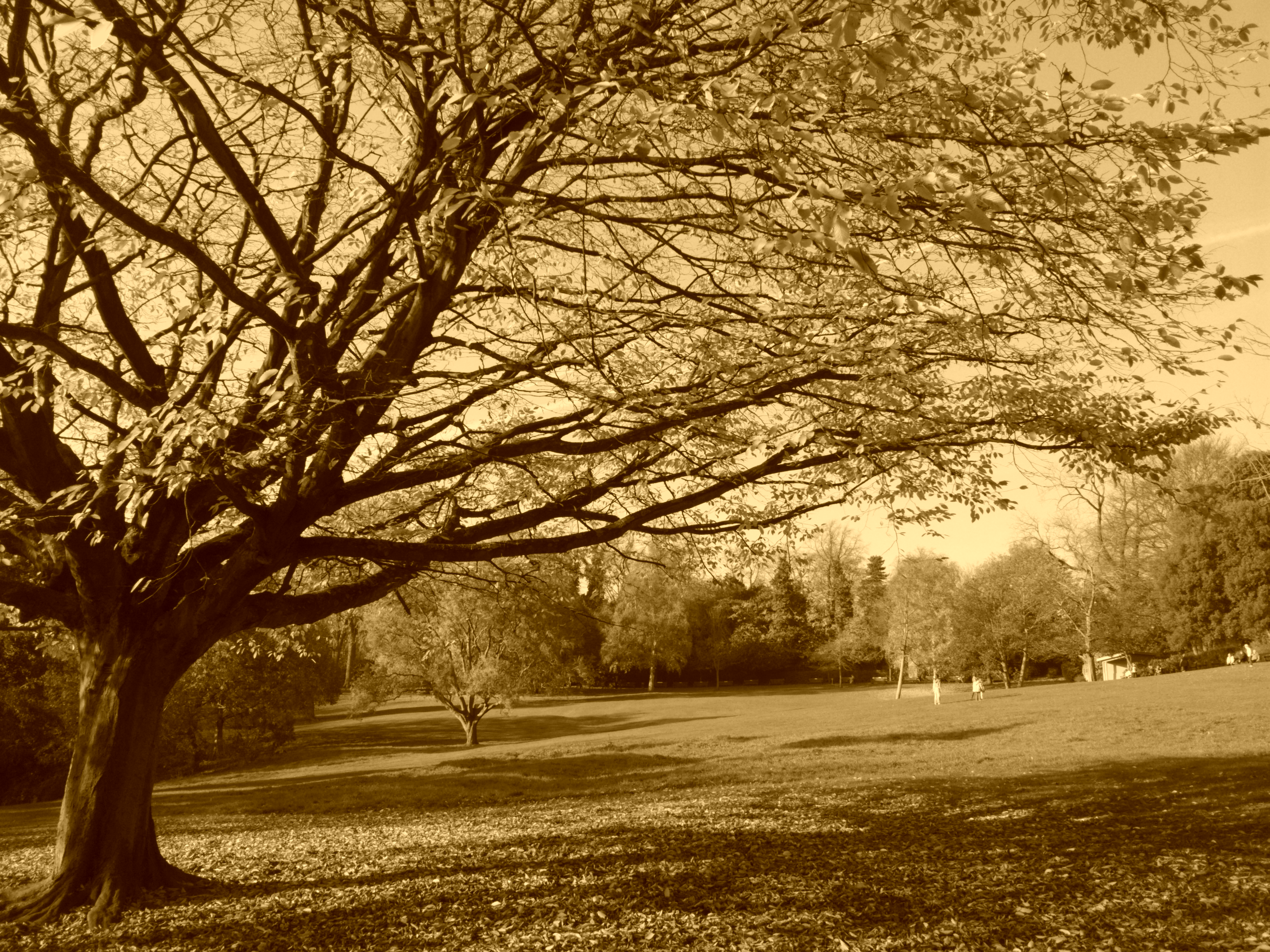
Click here to see the full resolution image
Sepia is also included, and does add a little drama.

Click here to see the full resolution image

Click here to see the full resolution image
